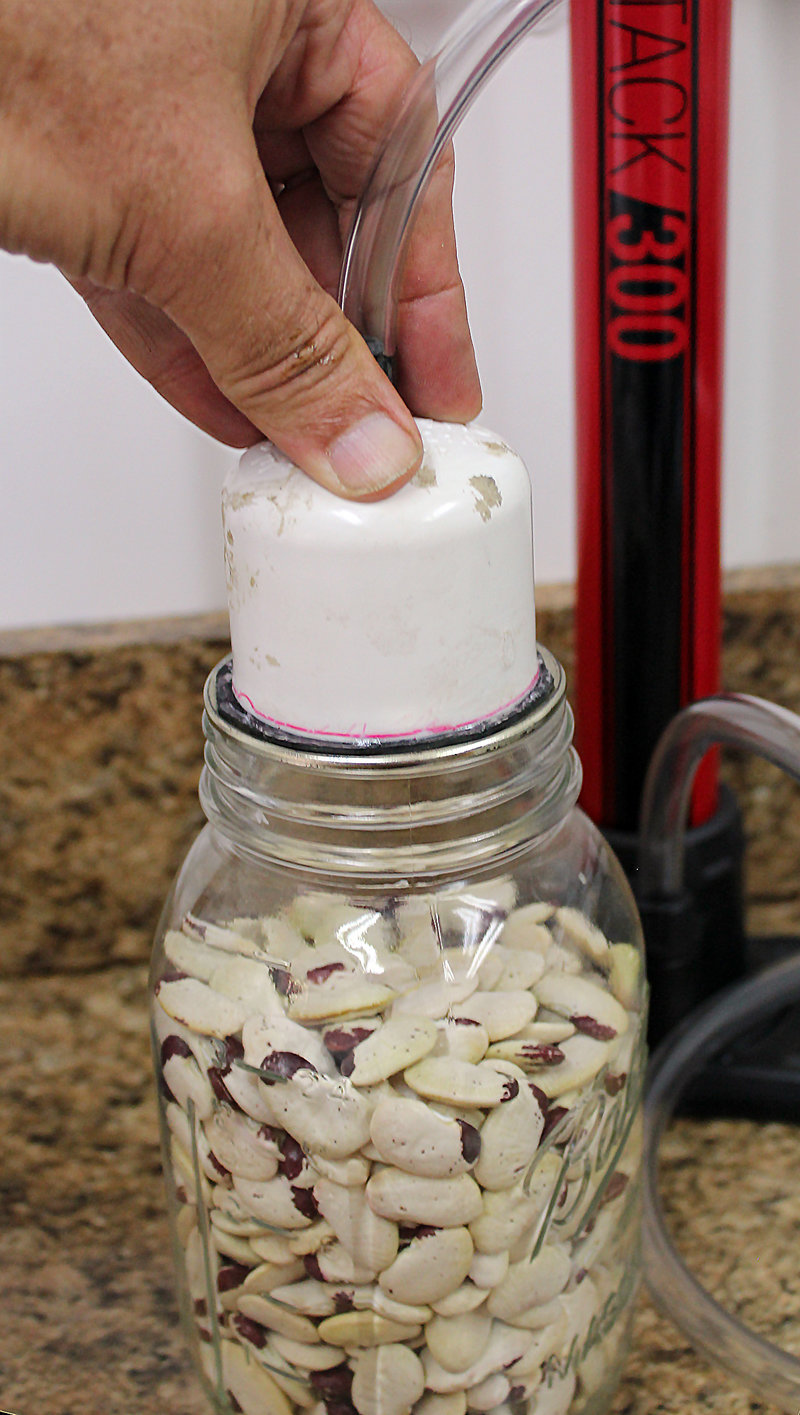Vacuum-Sealing Options for Storing Seeds
ตีพิมพ์แล้ว
2019-01-15
Technologies for Small-Scale Seed Banks
Quality seed is crucial for initiatives aimed at preserving or increasing crop diversity. Whether seeds are purchased or grown out and collected in the field, they typically need to be stored until conditions are right for planting. How those seeds are stored affects how many will germinate and grow when planted.
Seed survival during storage depends on seed moisture content, air temperature, and oxygen levels. Increases in these factors causes seeds to metabolize their food reserves more quickly, shortening storage life. Seed moisture content is influenced by the humidity of the air in the storage space or container. Hot, humid conditions lead to rotting of seeds. For these reasons, being able to improve seed storage conditions is highly beneficial to farmers and development practitioners, particularly those working in the humid tropics.
Vacuum sealing seeds is an effective way to extend their viability, for two main reasons. First, maintaining seeds under a vacuum keeps humidity out of the storage container, which is very important in areas where humidity is high during at least part of the year (e.g. during rainy season).
This new ECHO Technical Note presents ways to remove air from seed containers, for the purpose of extending the viability of stored seeds. The technologies presented here are most relevant to community-level seed banks or development practitioners looking for options for storing small volumes of high-value seed for planting. They would not be practical for storing large quantities of grain for human or animal consumption. With the exception of commercial vacuum sealers, the technologies presented are inexpensive, and many can be constructed with local materials.